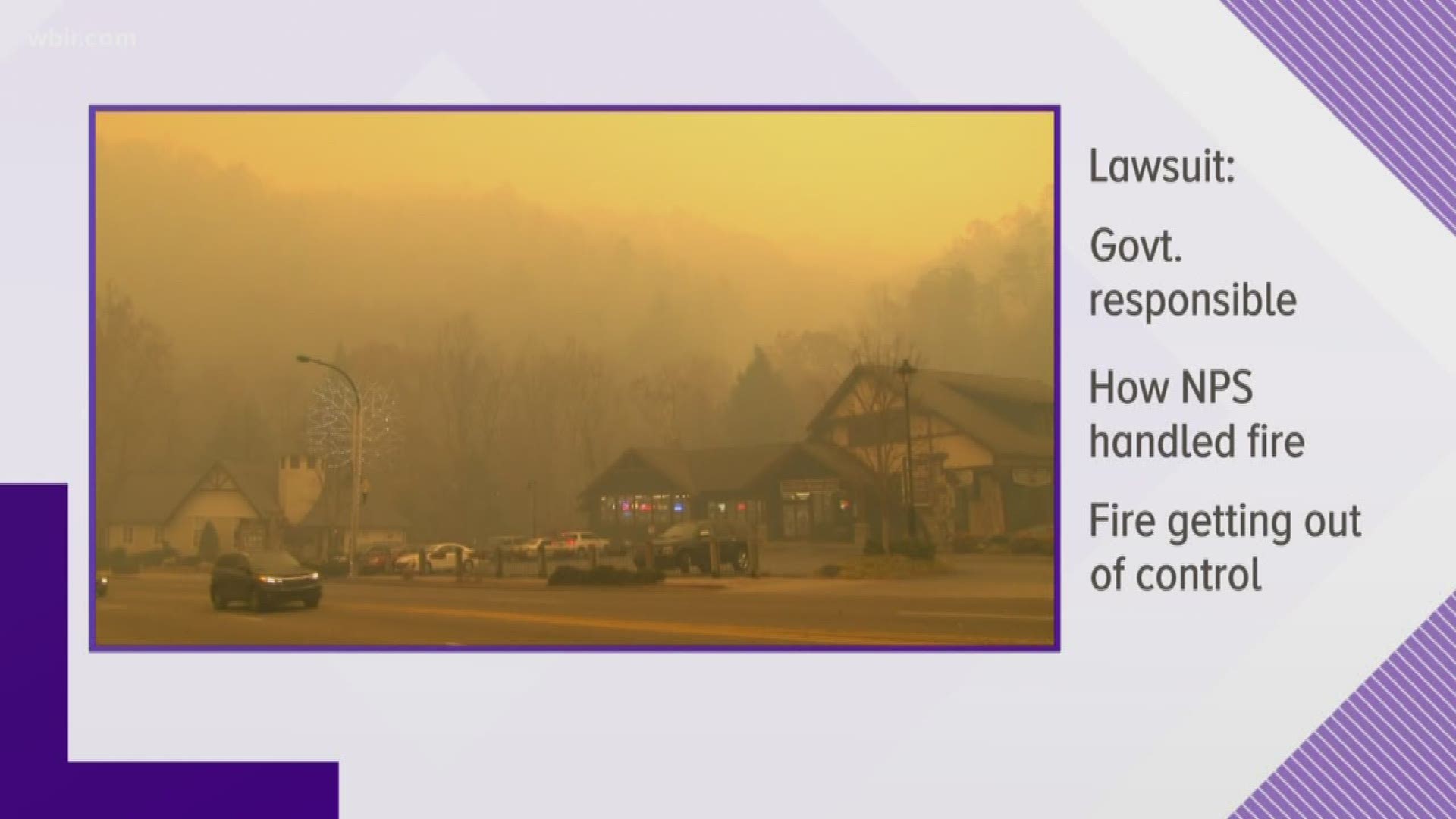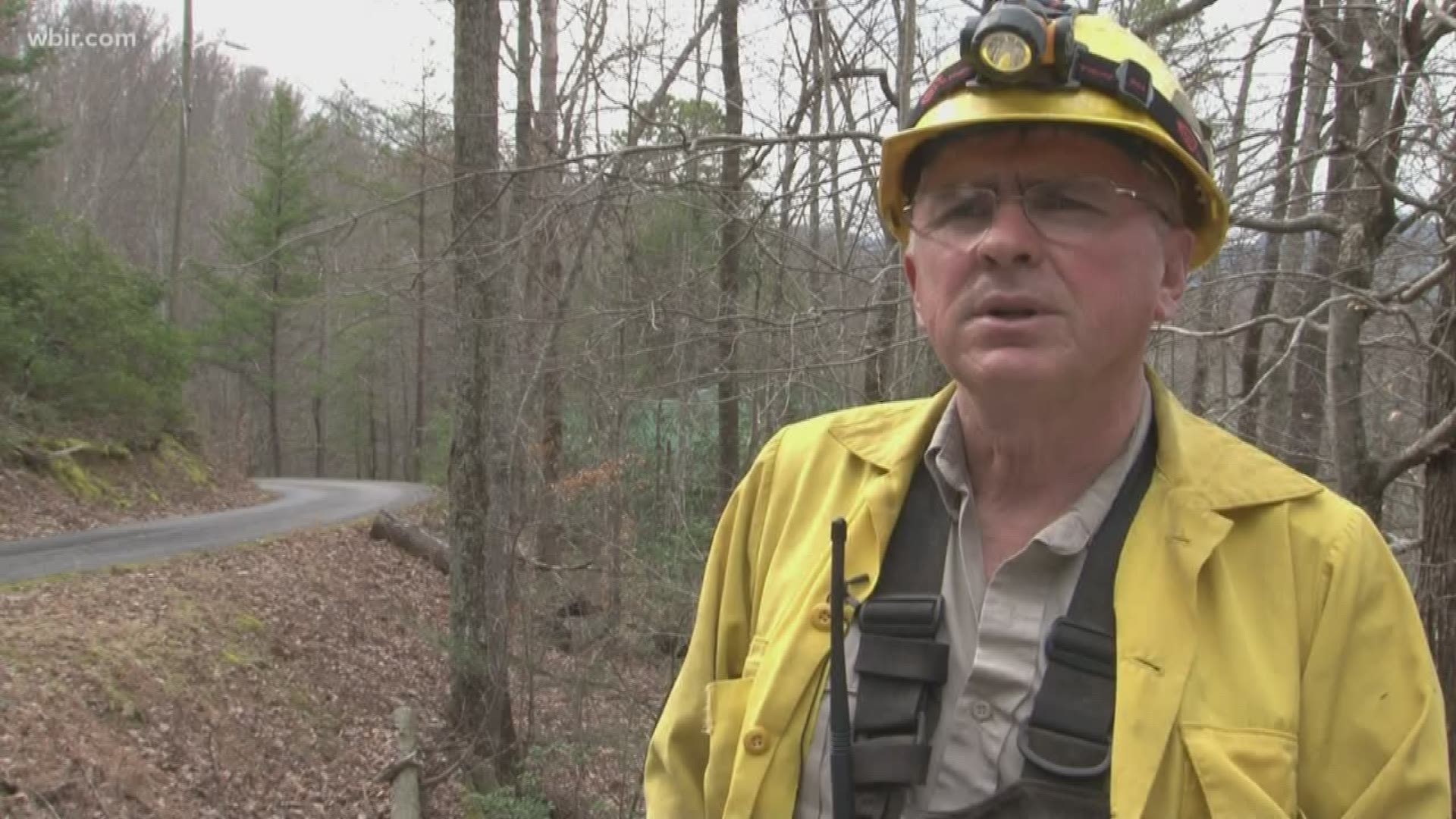UPDATE WEDNESDAY: Survivors and victims of the 2016 Gatlinburg wildfire disaster can proceed with negligence lawsuits seeking damages from the federal government, a federal judge has ruled.
The government sought this year to dismiss several lawsuits, including one involving a Gatlinburg man who lost his wife and two daughters in the Nov. 28, 2016, disaster. Fourteen people died as a result of the blaze, and more than 2,400 structures were destroyed or damaged.
Survivors blame park rangers and other federal personnel for failing to adequately alert the town about the fire's danger and speed. Insurance companies also have filed litigation in the case.
The fire started as a small blaze Nov. 23, 2016, the day before Thanksgiving, on the popular Chimney Tops trail in the Great Smoky Mountains National Park. Authorities said it appeared two teenage boys set the fire, which grew in subsequent days until it became an inferno that swept into Gatlinburg on Nov. 28.
In May, Senior U.S. District Judge Ronnie Greer heard daylong virtual arguments from attorneys for all the parties over federal motions to toss the lawsuits. The government argued it had immunity and that it had in fact adequately alerted Gatlinburg authorities about the advancing the blaze.
In his written ruling filed Tuesday, Greer noted the "tragic losses of life and significant property damage" in the disaster.
Greer found, among other things, that the National Park Service failed to follow mandatory steps in its own fire management plan in notifying its neighbors about the fire. The Park Service said it put out numerous notices about the fire over the long Thanksgiving weekend.
Greer, however, ruled the government failed to adequately prove its case.
"The United States cannot rely on the press releases and an E-Blast to satisfy a requirement to notify “Park Neighbors, Park visitors, and local residents” when it doesn’t tell the Court where the press releases and E-Blast were sent to," Greer wrote.
He continued: "Likewise, the United States relies on the information posted to websites and social media accounts to satisfy the requirement. The problem with this argument is the same as the problem with the press release and E-Blast argument. The information posted on the websites gave notice to the visitors of the Park’s website, the Instagram posts may have given notice to the people who follow the Park on Instagram, etc. But posting information on websites and social media accounts is not the same as notifying “Park neighbors, Park visitors and local residents . . . of all planned and unplanned fire management activities that have the potential to impact them.”

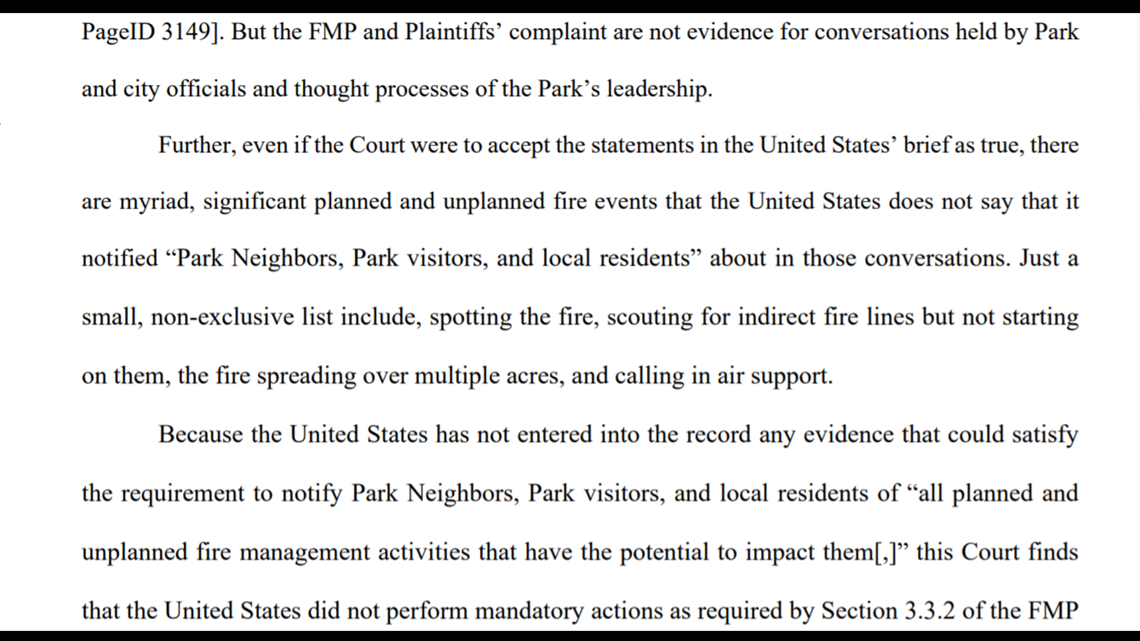
PREVIOUS STORY: A federal judge Thursday heard daylong arguments from victims and the insurance companies that covered them over the National Park Service's response to the 2016 Gatlinburg wildfire disaster.
Much of the argument before Senior U.S. District Judge Ronnie Greer centered on whether rangers issued proper warnings about the fire as it grew from a remote blaze atop the popular Chimney Tops trail in the Great Smoky Mountains National Park.
RELATED: Former Gatlinburg fire chief: 'Poor communication' by Park Service cost lives in 2016 fire disaster
RELATED: Insurance companies file $150M lawsuit against federal govt. to cover Gatlinburg wildfire claims
Scores of victims argue in several lawsuits that the NPS had multiple chances to warn Gatlinburg fire and police about the growing threat, especially as the blaze grew and rangers stepped up their efforts to put it out.

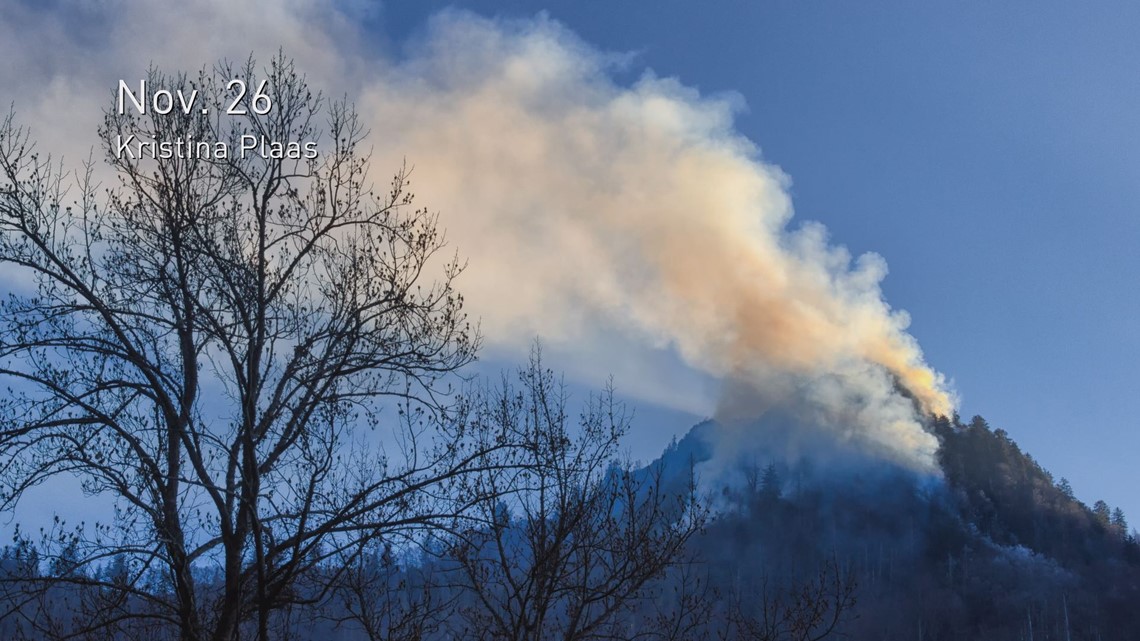
Instead, the victims allege, the Park Service waited until Nov. 28, 2016, when it was too late, to sound the alarm.
More than a dozen insurance companies including Allstate, State Farm and and Safeco also sued the government in November 2019.
The U.S. Department of Justice is representing the government, which seeks to dismiss the insurance companies' suit and argues the victims' complaints have no merit.
The fire started as a small blaze set by two teens on Nov. 23, the day before Thanksgiving 2016, according to authorities. It remained relatively small for a couple days. The NPS set up a containment zone that amounted to about 400 acres; their efforts to put out the fire failed.
By Sunday, Nov. 27, the weather began to change and the threat grew. High winds swept in, whipping the flames across the park on Monday, Nov. 28, and into Gatlinburg.
By nightfall fires ringed the town and spread across Sevier County. Fourteen people died and some 2,500 buildings were damaged or destroyed.

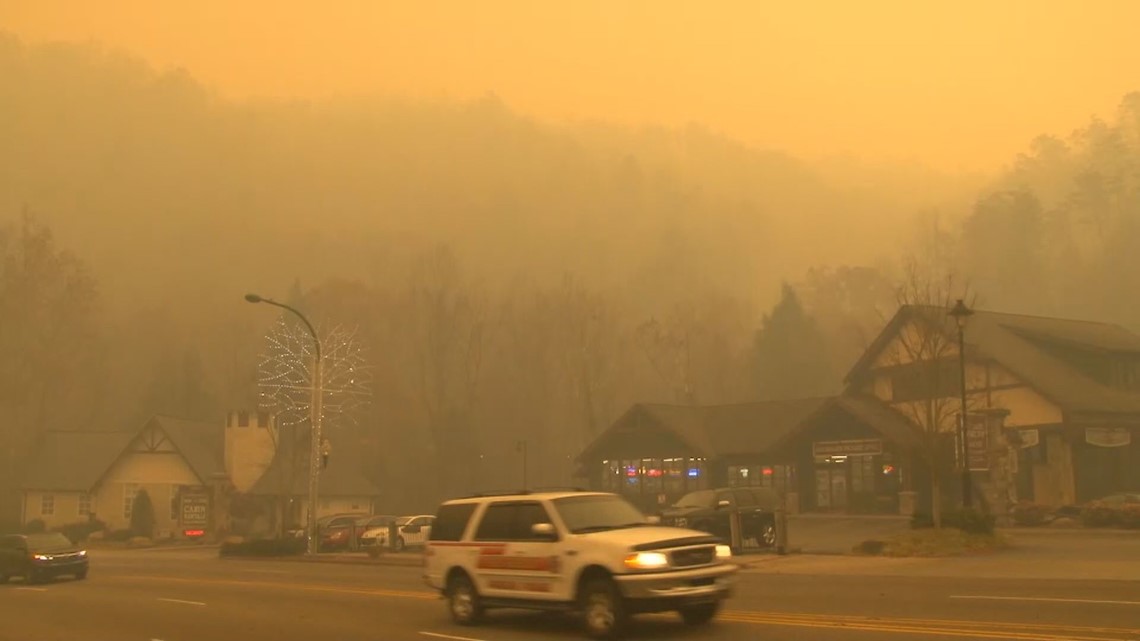
The former Gatlinburg fire chief states in court filings earlier this yeat that "poor communication" by NPS personnel led to lost lives and the loss of precious time to fight the fire.
"By the time local officials were informed about the true danger, the Chimney Tops 2 fire was unstoppable," Greg Miller's statement reads.
The government argued Thursday it did issue news releases about the fire on Nov. 23 and Nov. 25. It also argues federal employees are protected from claims in the disaster for what they did while using discretion on the job. The government says it was not negligent in how park personnel managed the fire.
Greer conducted the hearing remotely, a result of the coronavirus threat, with lawyers taking part by video from across the country. The judge allowed the public to listen in by telephone.
At the end of the day, Greer said he wanted attorneys to file briefs detailing their arguments in the coming weeks.
The judge said he'd rule after that.
"Given the volume of material here, I would not suggest that you look for it too quickly," he said.
Greer pledged, however, to work as fast as he can.

